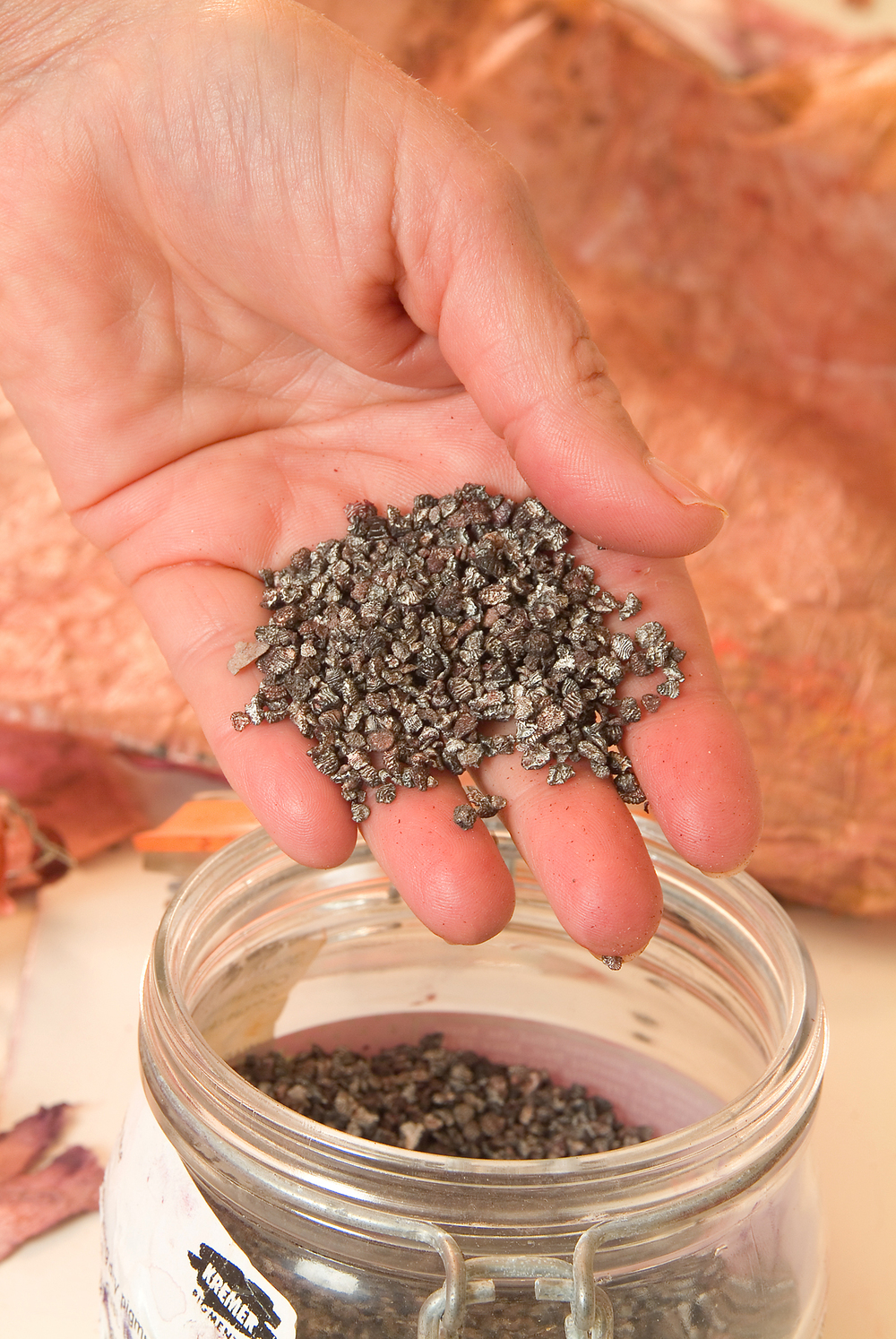Two different places far apart from each other, both inhabited for over 2000 years – one in the foothills of the Appalachian, and the other in the hills of La Sierra Madre Oriental. The inhabitants in one place spoke an ancient Algonquian language, while the others spoke Otomi a Manguean language. The name of the first place means Principal Place while the other means The Place of Retreat. The inhabitants of the first place gifted us with earthen mounds that give us a glimpse into their art and culture while the other place gifted us with hand made bark paper. In 1906, both of these places became intertwined when Dard Hunter, an American author and authority on hand made papermaking and on printing had the privilege to live among the Otomi Indians in the village of Cholula, Tianguistengo, Hidalgo state of Mexico. There he witnessed and was struck by the incredible circumstances that allowed for the continuance of the ancient craft of making hand made bark paper - Amate -, by pounding the bark and making it flat. 1 * Two decades later he wrote about this experience in his 1927 book Primitive Papermaking, printed on an iron hand press with hand set type at Hunter ‘s Mountain House Press in Chillicothe Ohio. In 2016 my husband and I drove to Chillicothe, which is fifty miles south of Columbus, Ohio where we live. There we met his grandson who opened the doors of the Mountain House and best of all, he allowed us to hold and peruse through one of the two hundred hand printed books by his grandfather.
https://www.dardhunter.com/mountain-house-press/
1) Page 24 –Traditional Papermaking and Paper Cult Figures of Mexico –by Alan R Strom and Pamela Effrein Sandstrom
*Amate paper is still manufactured in San Pablito, Pahuatlan, Puebla, Mexico
Ohio Historical Marker
Dos lugares diferentes, lejanos uno del otro, ambos habitados por mas de 2000 años - uno en la laderas de los Appalachian, el otro en las colinas de la Sierra Madre Oriental . Los habitantes del primer lugar hablaban un antiguo lenguaje Algonquiano , mientras que en el otro lugar se hablaba el Otomi – un lenguaje Manguean . El nombre del primer lugar significa Lugar Principal mientras que el del segundo significa Lugar de Refugio . Los habitantes del primer lugar nos dejaron túmulos que nos permiten entrever su arte y cultura mientras que los otros nos dejaron papel de corteza hecho a mano .Ambos lugares se encontraron en la historia cuando en 1906 el autor Norte Americano - Dard Hunter - experto en manufactura de papel hecho a mano, y en impresión - tuvo el privilegio de vivir entre los Otomís en la comunidad de Cholula , Tianguistengo , Hidalgo , México. Ahí él fue testigo y quedó impresionado por las increíbles circunstancias que preservaron y permitieron la continuidad de esta antigua artesanía de fabricar papel a mano golpeando la corteza hasta que se aplane.1 * Dos décadas mas tarde , Dard escribió y publicó esta experiencia en su libro titulado Primitive Papermaking – impreso a mano en una prensa de acero en Mountain House Press de Hunter en Chillicothe Ohio. En 2016, acompañada por mi esposo , viajé a Chillicothe – 50 millas al sur de donde nosotros vivimos. Fuimos afortunados al ser recibidos por su nieto quien con un gran orgullo y corazón, abrió las puertas de la imprenta y nos permitió examinar detenidamente uno de los 200 libros impresos a mano.
https://www.dardhunter.com/mountain-house-press/Mountain House Press /Cholula https://www.google.com.mx/search?q=cholula+tianguistengo+hidalgo&client=safari&hl=es-mx&prmd=minv&sxsrf=ALeKk007SDoqdUKSeYBv7J6rlR0eUTnOEg:1590343433314&source=lnms&tbm=isch&sa=X&ved=2ahUKEwj5haf7is3pAhVEY6wKHVYeDpkQ_AUoAnoECAwQAg&biw=375&bih=5531 )
24 – Traditional Papermaking and Papercult Figures of Mexico – by Alan R Strom and Pamela Effrein
El Amate sigue en producción en San Pablito, Pahuatlan , Edo de Puebla, Mexico.
Papel Amate
The home of Dard Hunter
La casa de Dard Hunter

























